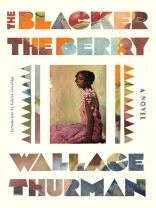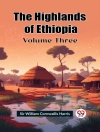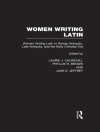A groundbreaking, yet controversial novel of the Harlem Renaissance about a young, dark-skinned Black woman reckoning with colorism as she navigates 1920s Harlem, reissued and repackaged for the Herald Classics line.
Emma Lou Morgan’s dark complexion is a source of sorrow and humiliation—not only to herself, but also to her lighter-skinned family members and the white community of her hometown, Boise, Idaho. Hoping to find a safe haven, Emma travels to New York’s Harlem, the Black Mecca of the 1920s. Wallace Thurman brings to life this legendary time and place in rich detail, describing Emma’s visits to nightclubs, dance halls, and house-rent parties, her sex life and catastrophic love affairs, her dreams and her disillusions—and the momentous decision she makes to survive.
A lost classic of Black American literature,
The Blacker the Berry is a compelling portrait of the destructive depth of intra-racial bias in the Black community.
O autorze
Wallace Henry Thurman (1902–1934) was born in Salt Lake City, Utah. He moved to Harlem in 1925 where he worked as a novelist, editor, playwright, and critic during the height of the Harlem Renaissance. He is best known for his novel
The Blacker the Berry (1929), which explores discrimination based on skin color within the Black community.










![Pokrywa Bernadette Andrea: Grace Norton [Gethin] and Frances (Freke) Norton Pokrywa Bernadette Andrea: Grace Norton [Gethin] and Frances (Freke) Norton](https://static.worldofdigitals.com/thumb_webp/264/9781351932264.webp)

